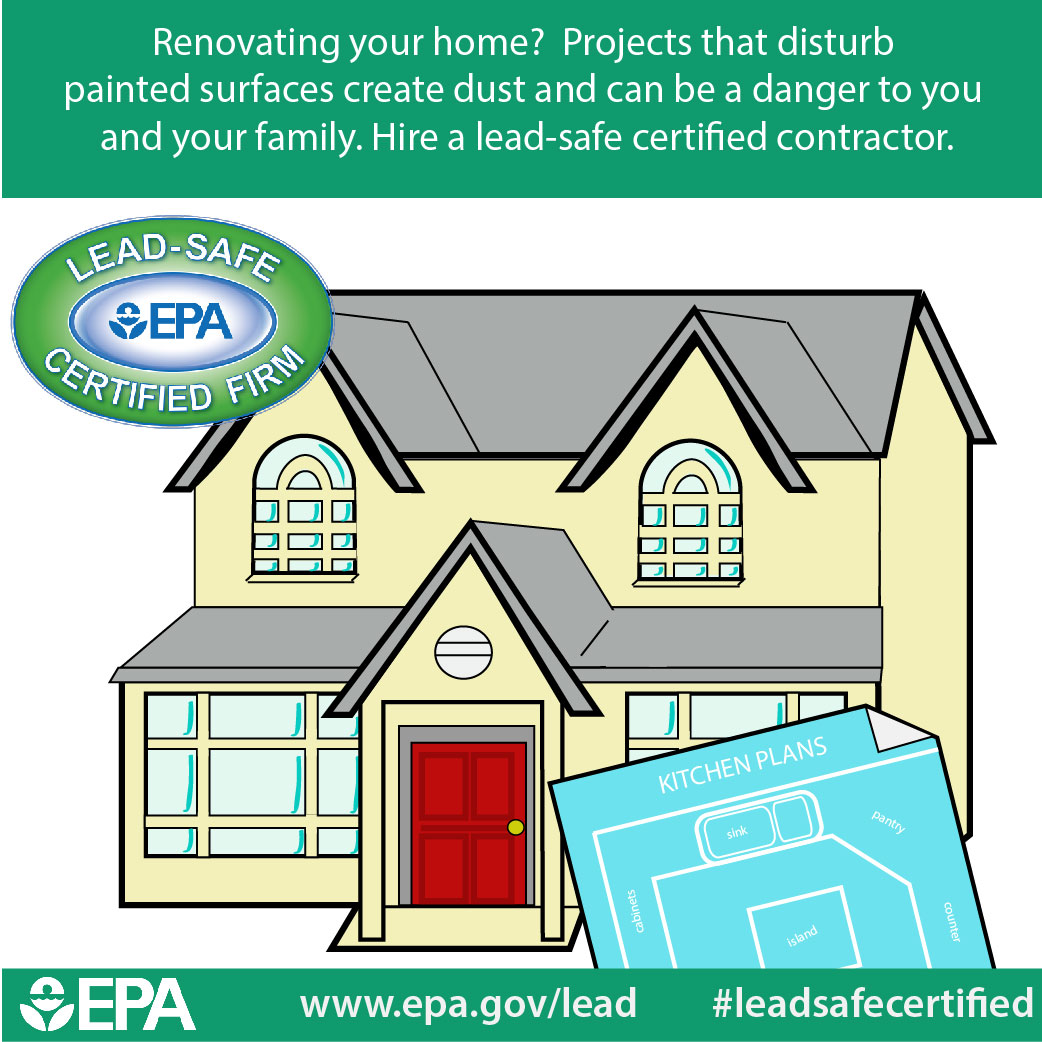Comprehensive Directions For Ready-Making Your Wall Surfaces For Repainting
Comprehensive Directions For Ready-Making Your Wall Surfaces For Repainting
Blog Article
Created By-Bergmann Pacheco
When you're prepping your wall surfaces for painting, it's important to comply with a systematic process to make sure a flawless finish. Beginning by examining the wall for any type of damage; this action can make or break your project. As soon as you've identified any kind of concerns, cleansing the surface properly is necessary, as an unclean wall can impact paint attachment. Afterwards, you'll require to patch any type of blemishes and use a guide. However there specify techniques and pointers that can boost your preparation game-- allow's explore those further to achieve the very best results.
Assessing Wall Problem
Prior to you get your paintbrush, take a moment to evaluate your wall surfaces' condition. Look for any kind of noticeable damage like fractures, holes, or peeling off paint. These blemishes can influence how the paint adheres and looks as soon as it's completely dry. If you see any substantial damage, you'll require to prioritize repair work before diving into paint.
Look closely at the appearance of your wall surfaces. Is the surface smooth, or exists appearance that might call for special consideration? Smooth wall surfaces usually call for less prep, while distinctive surfaces may need more time to paint uniformly.
Also, take into consideration the previous paint work. If the old paint is glossy, it mightn't allow new paint to stick correctly. You'll need to know if your wall surfaces have been repainted with oil-based or water-based paint, as this can affect your selection of primer or paint.
Lastly, make note of any kind of dampness issues. If residential aluminum siding see signs of water damage or mold and mildew, address these issues instantly to avoid additional complications.
Cleaning up the Surface area
Once you have actually assessed the problem of your walls, the next step is cleaning the surface area. Beginning by gathering your supplies: a container, warm water, a moderate detergent, a sponge or towel, and a scrub brush for tougher places.
Begin at the top edge of the wall surface and function your method down. Mix the cleaning agent with warm water in your pail, then dip the sponge or cloth into the service. Wring it out to stay clear of extreme moisture on the wall surfaces.
As you clean, pay close attention to areas that may've gathered dirt, oil, or finger prints. For persistent spots, use the scrub brush delicately to avoid damaging the paint beneath. Rinse your sponge or towel often in tidy water to stop spreading out dirt around.
After cleaning, it's vital to clean the walls with a damp cloth to eliminate any soap residue. This action makes sure a smooth surface area for the new paint to follow.
Allow the wall surfaces to dry completely before moving on to the next preparation steps. This extensive cleansing procedure will certainly aid produce a fresh canvas for your paint project, making sure the most effective outcomes.
Patching and Priming
Patching and priming are crucial action in preparing your wall surfaces for a fresh coat of paint. Initially, inspect your walls for any type of holes, cracks, or flaws. Use a top notch spackling substance or patching paste to fill up these areas.
Apply the substance with a putty knife, smoothing it out so it's flush with the bordering surface. Permit it to completely dry entirely, and after that sand it gently until it's smooth and even.
As soon as you have actually covered every little thing, it's time to prime. Primer aids secure the patched areas, making sure the paint sticks properly and offers an uniform coating. Choose a guide suitable for your wall type and the paint you'll be using.
Apply the guide making use of a roller for bigger locations and a brush for edges and edges. If your covered locations are considerably big or permeable, you might intend to use a 2nd layer of guide after the first one dries out.
After see this website , let whatever completely dry extensively prior to carrying on to paint. This prep work won't only improve the look of your walls however additionally lengthen the life of your paint task.
Take local guide program , and you'll be pleased with the results.
Verdict
By adhering to these simple steps, you can accomplish a smooth and specialist surface on your walls. Begin by evaluating their problem, after that clean and patch any blemishes before using guide. Remember to allow appropriate drying time and make sure whatever is smooth prior to you study paint. With the right prep work, you'll set the stage for a lovely makeover in your room. Now, gather your materials, inhale the fresh air, and prepare to paint!
